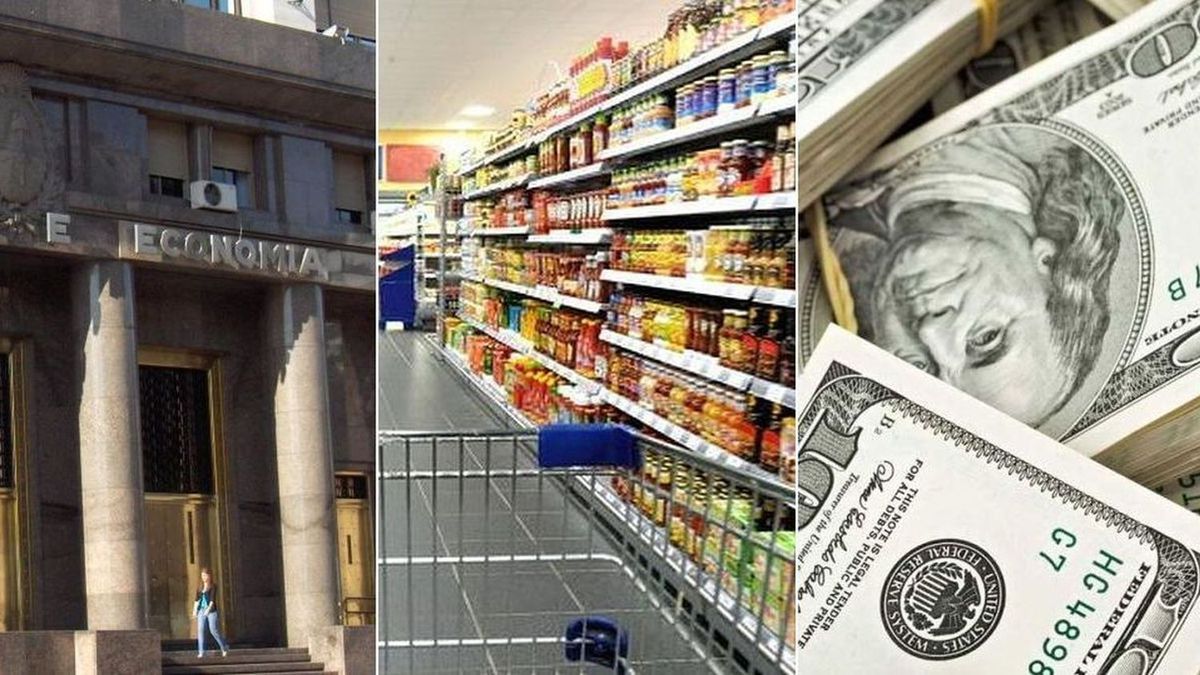In turn, he maintains that the income anchor It will also strengthen the disinflationary process, to the detriment of activity. “Retirements will never go above inflation and the parity ceilings are very marked”explains the economist. Therefore, a recovery could come from the complex exporterbut “under no circumstances” from the market internal.
In the same line, Pedro Gaiteeconomist member of the consulting firm FIDEunderstands that, if it is sustained exchange stability with the decline of the “crawling peg” and the gap remains stable, “Everything indicates that inflation will continue to fall, although activity rebounds”.
Until the first half of last year, Gaite explains that the recession played as price disciplining factorbut the same will not happen in 2025. “Now the exchange rate appreciationalong with the commercial openingthey set a limit to price increases, because it is very cheap to import.”
For its part, Santiago Bulatpartner of the consulting firm INVEQdoes not believe that there is “much room” to recompose prices in general, since “they do not maintain a level of distortion” as seen previously. In that sense, it is betting that the recovery of margins will come hand in hand with lower costs.
X-ray of activity: what will happen to construction, commerce and industry
The consultant Econviewsfrom the economist Andres Borensteinpredicts that the outlook for 2025 is “more encouraging”, by expecting a growth of 5%, with a statistical drag of 2.6%. Naturally, not all sectors will pull with the same force, because they also start from different bases.
“The construction was the most beatenaffected both by the increase in costs in dollars as for the chainsaw in the public work. He trade and the industrythe two GDP giants, also recorded sharp falls. Agriculture was the lifeline of the year, with a normal performance but that stands out compared to the drought of 2023. Without its contribution, we estimate that the fall in GDP would have reached 5.6%”, explains the consultant.
For example, production in industry accumulates a drop of 10.7% in 2024. Last year, “all sectors lost” indicates Econviews. The worst performance was in the production of non-metallic minerals (cement, glass, clay and others). On the other hand, Food and beverages, the most important item, fell only 1.5%, helped by the milling of cereals and oilseeds.
exports-imports-trade-ship.jpg
Some items will benefit from imports.
Depositphotos
“In 2025, some areas They will benefit from greater openness to importswhile others could be harmed. Textiles is a good case. Imports can also benefit the local industry,” warns the Borenstein consultancy.
The panorama of agriculture would be different, since if it could import pesticides, its productivity would improve. Similarly, making imports of auto parts more flexible could boost vehicle production, for example.
For Roman Guajardopresident of the Rosario Industrial Union, the reality of the industry not so promising. He understands that activity improved, although in a heterogeneous way and insufficient to raise prices.
“There is no room to update prices, There is just a lot of competition to win the marketafter two bad years for the industry,” reasons the businessman.
He tradealthough it shows a markedly positive trend since May, in the accumulated of the year It is 9.6% down compared to 2023.
Anyway, with the Slowing inflation and increasing credit supplythe consulting firm understands that the boost to consumption will be pronounced. The obstacle is the slow recovery of disposable incomesince salary recovery is deteriorated by expenses on services.
Therefore, while the consumption of durable goods increases thanks to quotas, the same does not happen with food consumption, where the population still follows the slogan of “there is no money”.
An example of the situation of merchants is provided by Daniel Millanowner of the Millanel cosmetics company, who assures that the billing improved a 6% for selling more expensive products over cheaper ones, but in terms of units they sell 27% less than in 2023 and 4% less than January 2024.
“In the case of lipsticks, shadows and enamels, There is an invasion of imported products that affects our sales”, warns the businessman. In turn, he assures that fixed costs, such as services and taxes, increased during the last year, but salaries “they lost percentage share of general costs”.
Finally, the sector of the constructionalthough not so much for its direct contribution to GDP (3.1%), but for the contribution it generates to job creation.
In 2024 construction costs measured in dollars rosewhich particularly affected private work. Even so, these prices are lower than those registered in the 2015-2019 period. By 2025, the dollar is expected to maintain “some stability, at least until the elections,” which implies that high costs “will continue to be a limitation.”
The public workfor its part, remains a mystery. “This freeze cannot be maintained indefinitely, because infrastructure needs improvement to reduce the logistics costs of companies and families,” warns the consulting firm.
Source: Ambito
I’m a recent graduate of the University of Missouri with a degree in journalism. I started working as a news reporter for 24 Hours World about two years ago, and I’ve been writing articles ever since. My main focus is automotive news, but I’ve also written about politics, lifestyle, and entertainment.




